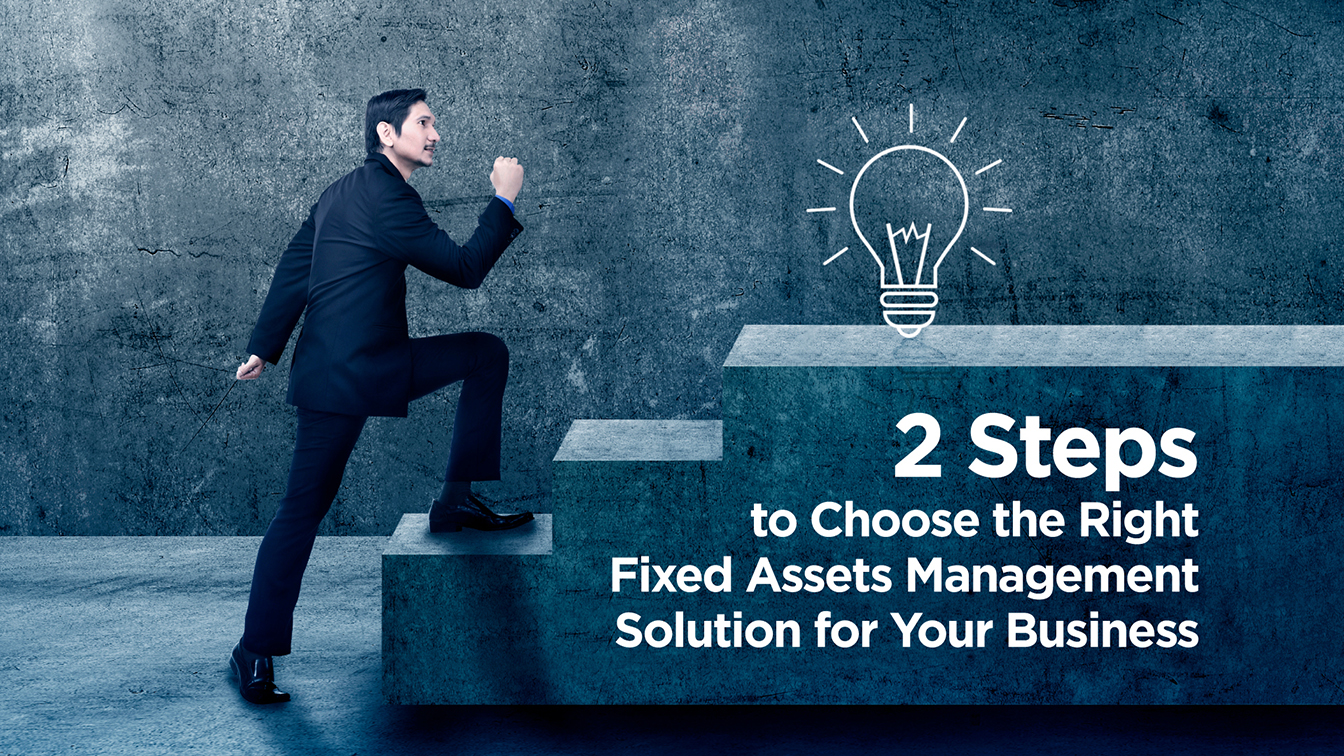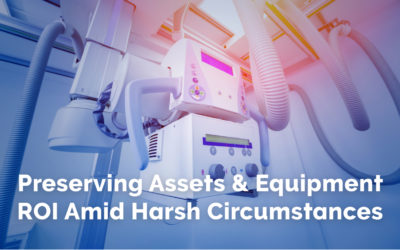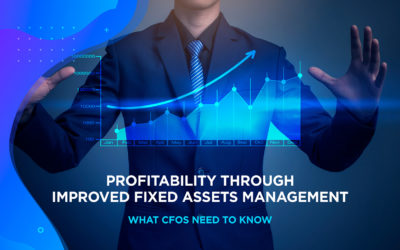Asset management is a systematic approach that helps organizations monitor the location, value, performance, and all other aspects of their assets. Assets, by definition, are resources that have positive economic values, such as equipment and real estate properties.
To make sure all your assets remain productive and efficient, companies, non-profit entities, and other organizations need to monitor, manage, and maintain them properly. This is where asset management software can be effective.
Remember that fixed assets – or assets that are purchased for long-term use – are the backbone of almost any organization. Be they facilities, property, or equipment, you have to make sure that you get the best asset management system for the type of organization you have.
Choosing the best asset management solution for business can be daunting. With all the options out there, you’ll need as much help as you can get to make the right choice.
What’s Best for Your Business?
Although getting recommendations may work for other tools, picking out software for asset management requires more research. Unlike other things, software selection can be more subjective in the sense that the best product for one company may not be a good choice for another. This is the very reason behind the different recommendations you get from your colleagues and friends.
To assist you, we have compiled a two-step guide to help you choose the asset management solution that’s most suited for your business:
Step #1: Know your organization’s needs
The first thing you must consider when looking for a partner in managing your fixed assets is your business needs. If you have a clear understanding of the company’s usability requirements, you’ll be able to determine what functions the fixed assets management software should be able to do and narrow down the options.
To begin, develop a selection criteria to guide your evaluation based on a map of every process involved in the life cycle of your organization’s assets. This can include assets tracking, management, reporting, and everything else that you need from asset acquisition to the end of the asset’s useful life.
You should also analyze your current system requirements and determine how they apply to the type of assets you have. Then, see if any new requirement is necessary and check which candidates can improve their system with it.
Note that a good asset management software is developed from industry best practices. This is key to getting business improvement from the software, as a system grounded on industry-standard best practices paves the way for the business to adapt to more efficient, more streamlined processes.
Step #2: Evaluate what potential candidates can offer
After you’ve listed down the criteria based on your company’s requirements, it is time to look at what potential candidates can offer. Although their reputation and experience are good qualifiers, you must keep your primary goal in mind: to pick out a partner based on their suitability with your organization’s needs.
After narrowing down the candidate pool in an objective selection, it is time for you to shorten the list further using a subjective evaluation based on your unique requirements. Depending on your organization’s traits and unique assets, you can write up a comparison chart and grade each candidate according to the following criteria:
- Data conversion
- Asset entry customization, error checking, and automation
- Depreciation method
- Asset filtering or sorting
- Reporting
- Multiple client database and data exchange capabilities
- Security access, restrictions, and limitations
- Price and cost-efficiency
Aside from these, you can also check out the different functionalities each fixed asset management software can offer, at the same time noting that no one software will have all the answers.
One of the first things you need to look at is the asset management software’s remote working capability and mobile app accessibility. It is also important to know which types of devices will be compatible with the software. Being able to use the software remotely via mobile devices can provide you the freedom and flexibility you need to run the business more smartly. StarCMMS user case studies report the following advantages of using a robust, industry standards-based software:
StarCMMS user case studies report the following advantages of using a robust, industry standards-based software:
- Assets register transparency. Quick, real-time access to key information such as the number and type of assets your organization has, as well as other pertinent details about them.
- Improved asset efficiency. Better assets management through the right software leads to higher efficiency. For fixed assets, uptime and utilization should be your top priority. For mobile devices and computer hardware, some good measures of efficiency are speed and program-running capabilities.
- Measurable asset performance. Access to accurate data in real-time allows managers and business leaders to measure the performance of each asset they have based on why it was acquired in the first place.
- More accurate asset tracking. This should be based on why your organization needs to track assets and how you intend to locate them. It can be to gain more control, visibility, compliance, or all of these.
- Proactive asset maintenance. This covers the key indicators that your organization needs to evaluate according to the extent of maintenance necessary for a specific type of asset.
Making the Decision
Choosing a fixed asset management program – or any software, for that matter – requires thorough research and planning. Make sure you don’t regret your decision by following this guide to choosing one for your business.
When in doubt, ask our experts at StarCMMS to help you determine the best-suited fixed asset management solution for you. Alternatively, you can schedule for an appointment with our specialists to get a demonstration of StarCMMS, our cloud-based asset management solution. Contact us today to see what makes it different from the other options available on the market, and how its design and features can streamline your business processes.





0 Comments